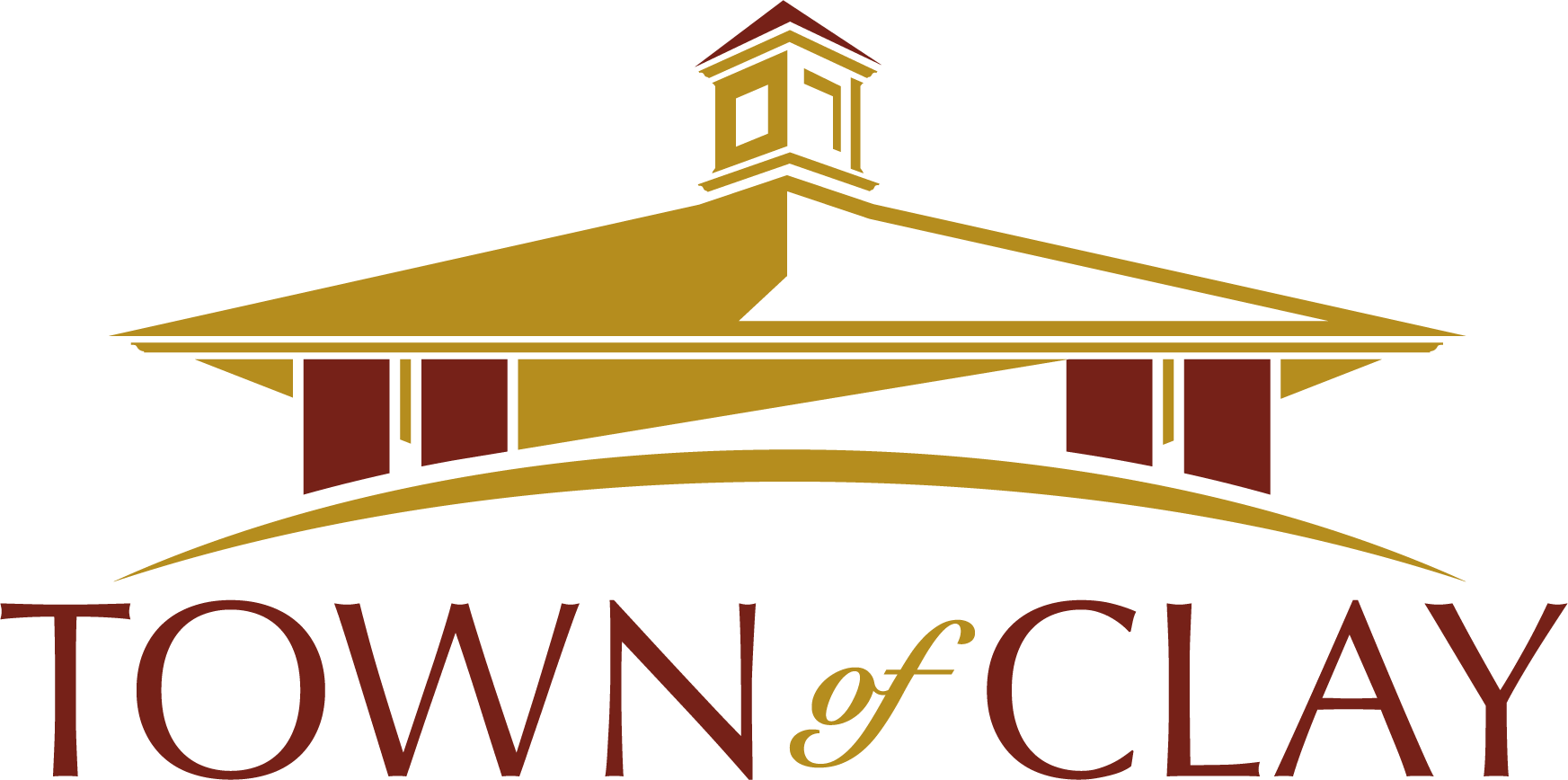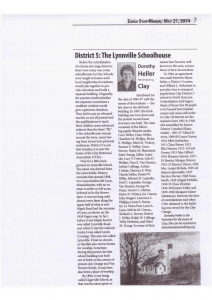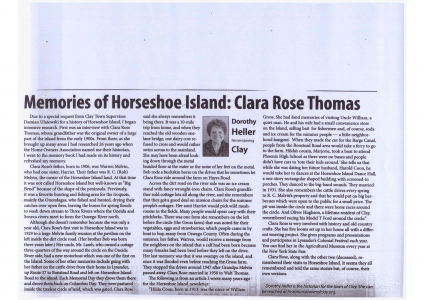Hiawatha LodgePosted on December 29, 2020 |
Image
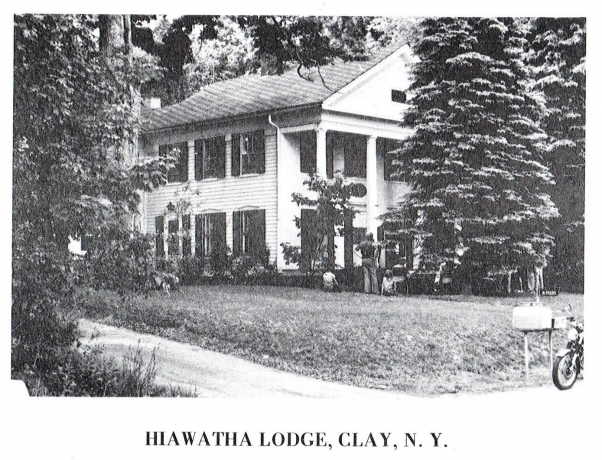
|




HISTORY MYSTERY: Hiawatha Lodge
This beautiful, oldest pillared house in the area is Greek revival architecture and is called "Hiawatha Lodge" at this time. There is an interesting story behind this name. Originally, the home of Manning Waterhouse, an area pioneer, it housed several generations of the Waterhouse family. He was an English immigrant, farmer, and land surveyor from Massachusetts. Waterhouse and his wife, Esther (Thayer), settled on a 30-acre farm near what is now known as Clay Marsh to raise four children. They first lived in a log cabin, but soon built the large house for their growing family, using the log cabin to shelter the hired hands. He donated a strip of land along his property to construct Waterhouse Road for an important tie between two main roads, Norgood Road and Henry Clay Blvd. They connected the northern wilderness to Syracuse.
In the early years, Indians traveled on what became Henry Clay Blvd. to hunt wildlife attracted by the marsh and forest. Edwin Waterhouse, the son of Manning, tells of how the Indians would often enter the farmstead out of curiosity while the residents were shopping for provision in Euclid. Nothing was ever disturbed or taken. After long hunting days, they would gather on the farm and set up camp north of the house in the wooded section which is now the corner of Henry Clay and Waterhouse Roads.
In 1914, it became the property of Joseph A. Griffin, a prominent Syracuse civic and business leader. His humble beginnings occurred in the area of the lovely home which he restored and renamed Hiawatha House. Orphaned at an early age, he attended Woodard School on Buckley Road until at the age of eight {1870), he was hired out as a farm laborer. It was at this age that Griffin was saved from drowning in Little York Lake by an Indian lad, who later became Chief Charles Green of the Deer Clan of the Onondagas. Penniless, at 14 he rode to Syracuse on a wagon of potatoes and did not make the return trip. Eventually he worked his way up to become a clothing store executive. He married Anna Brown, whose father contracted to build most of the bridges over the Erie Canal and for whose family, Brown Memorial Methodist Church on Davis Street was named.
Griffin greatly influenced Syracuse in fields of politics, commerce, finance, education and real estate. He was president of the corporation which owned the Hotel Syracuse and was responsible for the property’s survival and restoration in the 1920’s. His dreams and perserverance gave us Onondaga Park and Parkway, the Salt Museum and the French Fort. Griffin Field was named after him and he was responsible for making Syracuse the permanent home of the New York State Fair. Upon his death in 1937, Mayor Marvin remembered him as “a vital part of the city’s life and progress.”
Griffin’s fond respect and lifelong friendship with the local Indians began in1870 when he was saved from drowning by Chief Charles Green as a lad. In 1908, He was adopted into the Onondaga Nation and given the name Scho-nah-na-da (Hiawatha the Second). His lifelong dream of establishing a beautiful home welcome to all Indians became Hiawatha Lodge. A greeting card with a photo of Hiawatha Lodge held this inscription: “The Spirit of the Season prompts us to renew our Best Wishes to you in the coming year and to again extend our cordial invitation to visit Hiawatha Lodge, home of the Roosevelt Memorial Tree. Mr. and Mrs. Joseph Griffin, December 1919.”
After Griffin’s death, several family members occupied the Lodge. Eventually Mr. and Mrs. Bump became the owners of the property around 1963. In 1984, Paula and Don Hughson purchased the property from the Bumps. They had both been interested in buying an old house since they were both interested in history even before they were married. They fulfilled their dream by becoming owners of this historic house. With the help of their children, they spent their weekends repairing and updating the house and making it their own. They filled it with antigues, period furniture and other accessories. They even found a patch of old wallpaper showing Hiawatha standing in a canoe and then found a roll of the same paper in the attic. It even had emblems of the clans of the Iroquois. The second story has a unique floor plan. There is one large room which they called the middle room. All the bedrooms surround this room. Mrs. Hughson says that this area was said to be the room where the owners would meet with local businessmen and the Native Americans who came to visit. She said she misses all the room she had before she sold it in April 2019.
Dorothy Heller, Historian
12-29-20
Other
History Mysteries
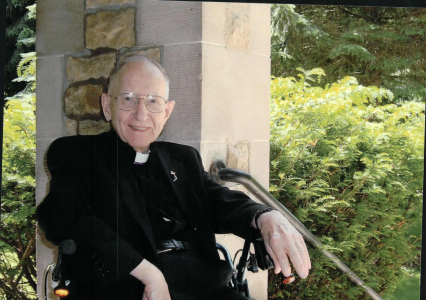
Father Skinner
History Mystery | Feb 27, 2015
REMEMBERING CLAY
The Rev. Canon Nelson B. Skinner, SSC, SKCM
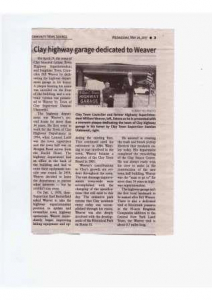
Bill Weaver Highway Dedication
History Mystery | Jun 1, 2017
On April 29, 2017, the Town of Clay honored former Town Highway Superintendent and longtime Town Councilor Bill Weaver by dedicating the highway department garage in his honor. Read the full article below.
